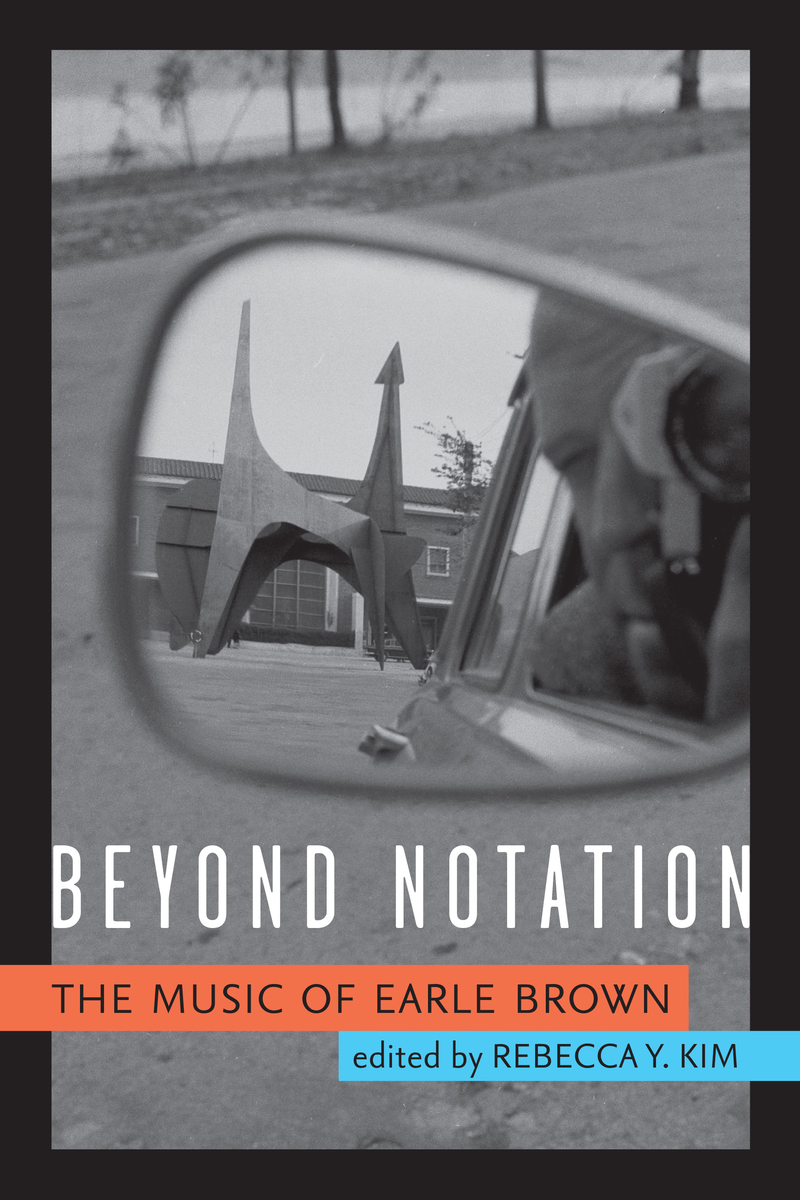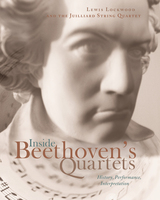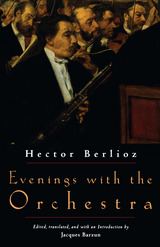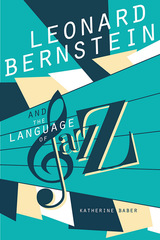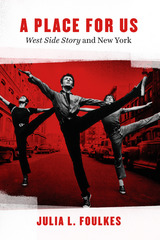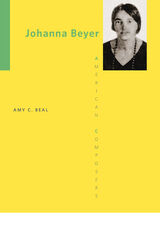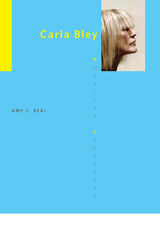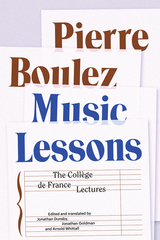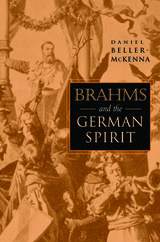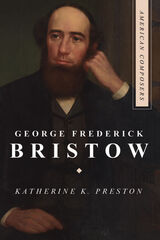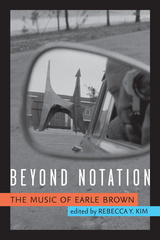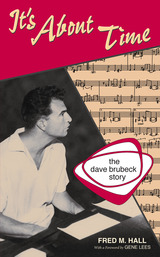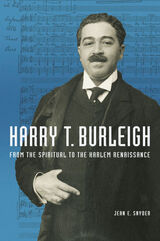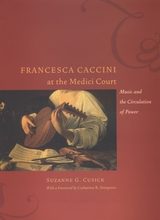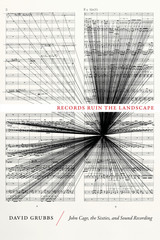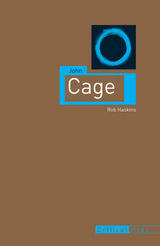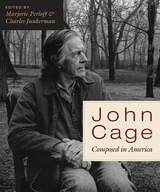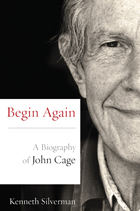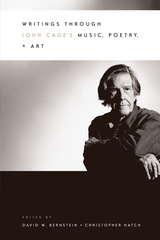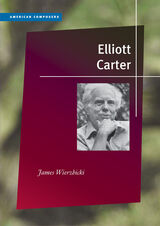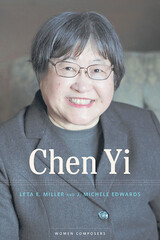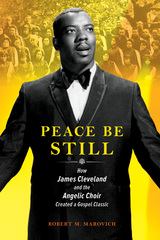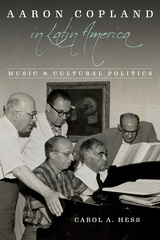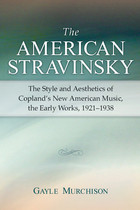Beyond Notation: The Music of Earle Brown
University of Michigan Press, 2017
Cloth: 978-0-472-13058-0 | eISBN: 978-0-472-12332-2 (standard)
Library of Congress Classification ML410.B863B49 2017
Dewey Decimal Classification 780.92
Cloth: 978-0-472-13058-0 | eISBN: 978-0-472-12332-2 (standard)
Library of Congress Classification ML410.B863B49 2017
Dewey Decimal Classification 780.92
ABOUT THIS BOOK | AUTHOR BIOGRAPHY | REVIEWS | TOC | REQUEST ACCESSIBLE FILE
ABOUT THIS BOOK
Earle Brown (1926–2002) was a crucial part of a group of experimental composers known as the New York School, and his music intersects in fascinating ways with that of his colleagues John Cage, Morton Feldman, and Christian Wolff. This book seeks to expand our view of Brown’s work by exploring his practices as a composer and draughtsman through a selection of works composed in the United States and Europe, which included a seminal collaboration with sculptor Alexander Calder. These essays detail Brown’s compositional methods in historical context: not only his influential experiments with open form composition and graphic notation, but his interest in performance, mixed media, jazz, the Schillinger system, and his engagement with the European avant-garde. The volume also includes never before published essays by Brown that shed new light on his relationships with colleagues and the ideas that shaped his work, in addition to several color photographs of Brown’s paintings.
See other books on: Composition | Criticism and interpretation | Individual Composer & Musician | Instruction & Study | Music
See other titles from University of Michigan Press
